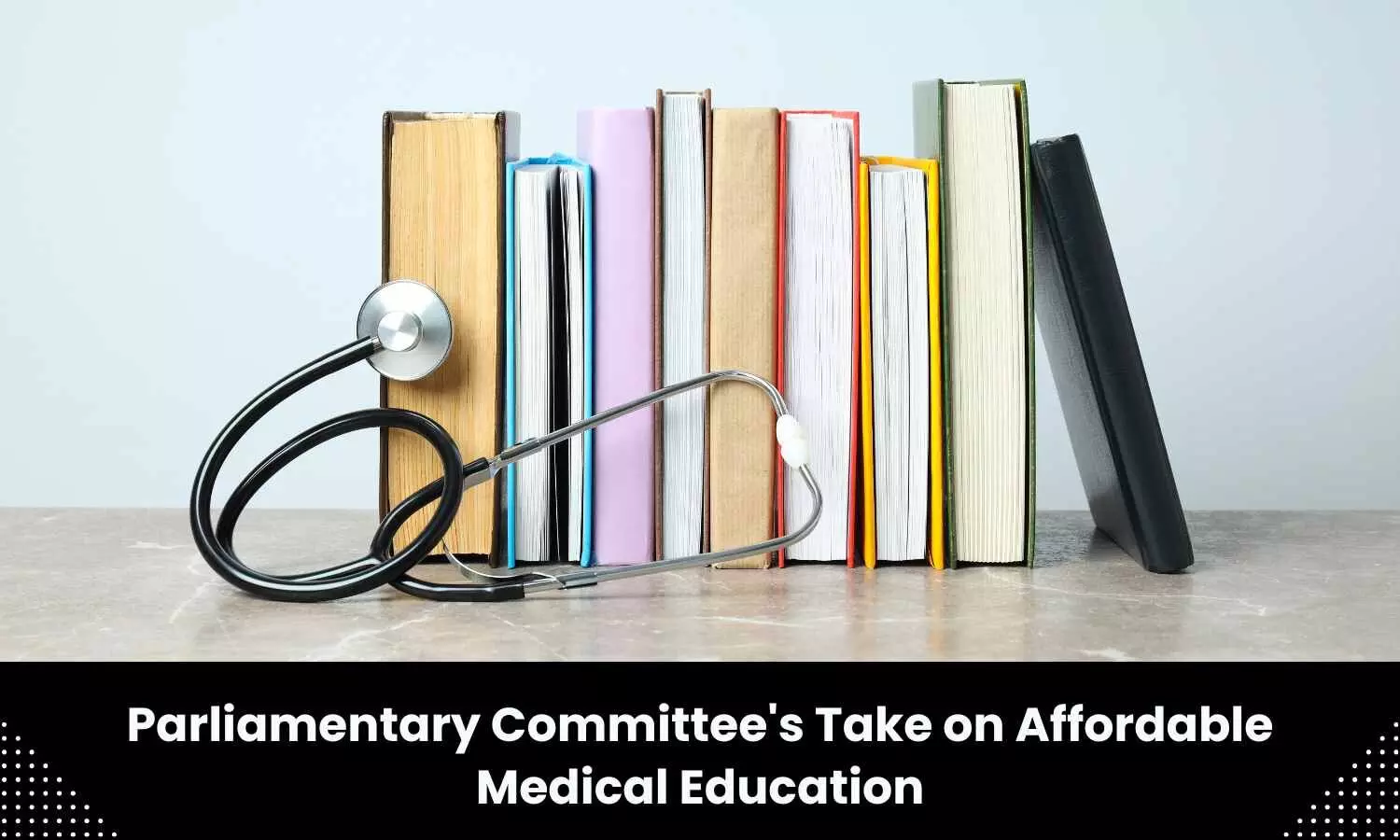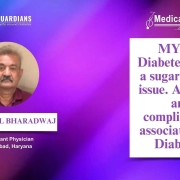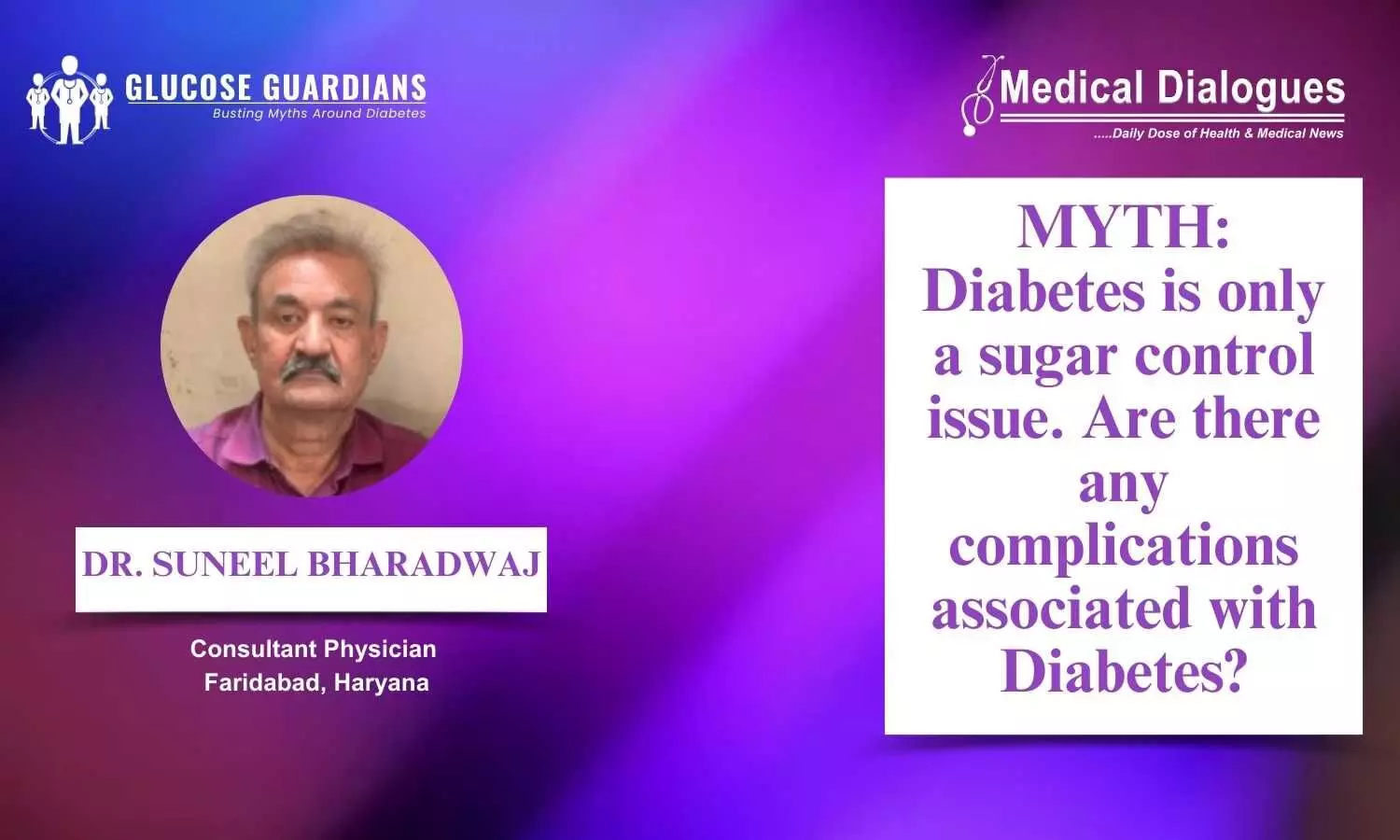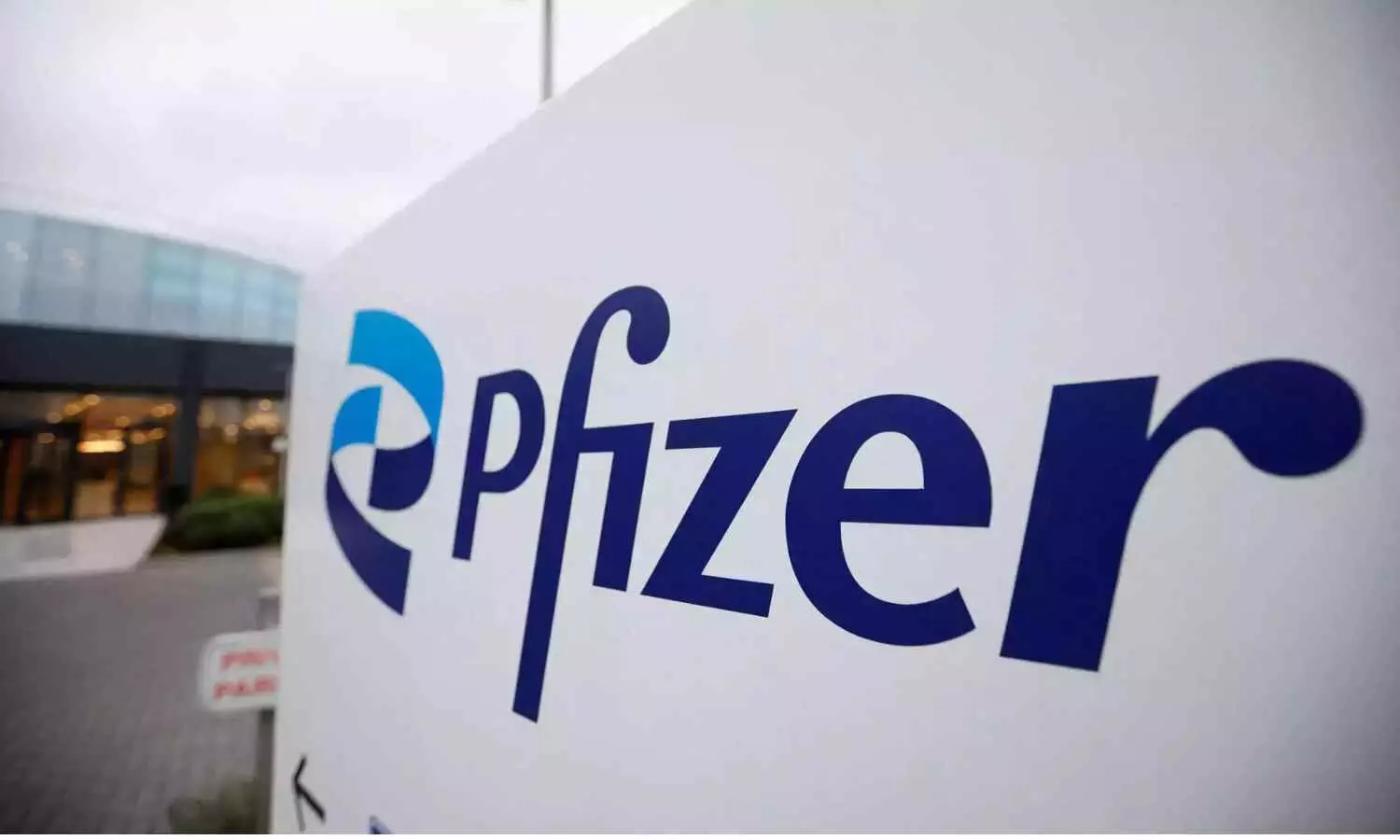The document stated, that there is a beneficial net balance favoring the use of nonopioid medications compared with opioid medications. In particular, nonsteroidal anti-inflammatory drugs alone or in combination with acetaminophen likely provide superior pain relief with a more favourable safety profile than opioids.
The evidence-based recommendations were formulated by a panel convened by the American Dental Association Science and Research Institute, the University of Pennsylvania, and the University of Pittsburgh. For recommendations formulation, the panel used the Grading of Recommendations, Assessment, Development and Evaluation approach to assess the certainty of the evidence and the Grading of Recommendations, Assessment, Development and Evaluation Evidence-to-Decision Framework.
Nonopioid medications are first-line therapy for managing acute dental pain after tooth extraction(s) and the temporary management of toothache.
“The use of opioids should be reserved for clinical situations when the first-line therapy is insufficient to reduce pain or there is a contraindication of nonsteroidal anti-inflammatory drugs,” the panel stated.
“Clinicians should avoid the routine use of just-in-case prescribing of opioids and should exert extreme caution when prescribing opioids to adolescents and young adults.”
The key recommendations are described below:
- For the management of acute postoperative dental pain in adolescents, adults, and older adults undergoing surgical tooth extraction(s), the panel recommends the postprocedural use of nonopioid analgesics as first-line therapy instead of opioid analgesics.
- For surgical tooth extraction(s), the panel suggests initiating the postoperative pain management using a nonsteroidal anti-inflammatory drug (NSAID) alone (eg, 400 mg of ibuprofen or 440 mg of naproxen sodium) or in combination with acetaminophen (eg, 500 mg).
- In the rare instances when postprocedural (ie, surgical tooth extraction) pain control using NSAIDs alone is inadequate, the panel suggests the addition to the previous first-line therapy prescription (ie, NSAID) of 325 mg of acetaminophen plus a combination of 325 mg of acetaminophen with an opioid (eg, 5-7.5 mg of hydrocodone or 5 mg of oxycodone) at the lowest effective dose, fewest tablets, and the shortest duration, which rarely exceeds 3 days.
- In the rare instances when postprocedural (ie, surgical tooth extraction) pain control using NSAIDs in combination with acetaminophen (eg, 500 mg) is inadequate, the panel suggests replacing the initial first-line therapy prescription with an NSAID (eg, 400 mg of ibuprofen or 440 mg of naproxen sodium) and 325 mg of acetaminophen plus a combination of 325 mg of acetaminophen with an opioid (eg, 5-7.5 mg of hydrocodone or 5 mg of oxycodone). The opioid prescription should consider the lowest effective dose, the fewest tablets, and the shortest duration, which rarely exceeds 3 days.
- When NSAIDs are contraindicated, the panel suggests the postprocedural use of acetaminophen alone at the full therapeutic dose (eg, 1,000 mg) or 325 mg of acetaminophen plus a combination of 325 mg of acetaminophen with an opioid (eg, 5-7.5 mg of hydrocodone or 5 mg of oxycodone) at the lowest effective dose, fewest tablets, and the shortest duration, which rarely exceeds 3 days.
- For the management of acute postoperative dental pain in adolescents, adults, and older adults undergoing surgical tooth extraction(s), the panel suggests against adding oral, submucosal, or intramuscular corticosteroids to standard analgesic therapy (conditional, very low certainty).
- For the management of acute postoperative dental pain in adolescents, adults, and older adults undergoing simple tooth extraction(s), the panel recommends the postprocedural use of nonopioid analgesics only and recommends against the use of opioid analgesics (conditional, low certainty).
- For simple tooth extraction, the panel suggests initiating the pain management using an NSAID alone (eg, 400 mg of ibuprofen or 440 mg of naproxen sodium) or in combination with acetaminophen (eg, 500 mg).
- When NSAIDs are contraindicated, the panel suggests the postprocedural use of acetaminophen alone at a full therapeutic dose (eg, 1,000 mg).
- For the management of acute postoperative dental pain in adolescents, adults, and older adults undergoing simple and surgical tooth extraction(s), the panel suggests the postprocedural use (ie, before patient discharge) of 0.5% bupivacaine plus 1:200,000 epinephrine by block or infiltration injection or 4% articaine plus 1:100,000/1:200,000 epinephrine by infiltration injection instead of 2% lidocaine plus 1:100,000 epinephrine or 3% mepivacaine.
Good Practice Statements
- The panel advises clinicians to counsel patients that they should expect some pain and the analgesics should make their pain manageable. The panel also recommends discussing with the patient their experience, preferences, and values regarding managing acute dental pain before prescribing.
- The panel recommends clinicians thoroughly review the patient’s medical and social history (including illicit and recreational drug use), medications, and supplements to avoid overdose and adverse drug-drug interactions.
- To minimize adverse effects, analgesic prescriptions should follow the principle of minimum effective dosage to achieve pain relief and avoid the routine use of delayed (ie, just-in-case prescription for breakthrough pain) opioid prescriptions.
- If an NSAID alone or in combination with acetaminophen fails to provide adequate pain relief, and if opioids are prescribed, counsel patients regarding appropriate storage and disposal.
- The panel recommends clinicians review the state’s prescription drug monitoring program when available to determine the prescribing of other controlled substances (eg, opioids and benzodiazepines). If the patient with acute dental pain is already receiving opioids to manage chronic pain (ie, long-term use of opioids), clinicians should prioritize the use of nonopioid analgesics (ie, first-line analgesic therapy).
- Special care should be taken when prescribing opioids to a patient with a substance use disorder, including communication with the patient’s other healthcare providers.
Reference:
Carrasco-Labra, A., Polk, D. E., Urquhart, O., Aghaloo, T., Claytor, J. W., Dhar, V., Dionne, R. A., Espinoza, L., Gordon, S. M., Hersh, E. V., Law, A. S., Li, B. S. K., Schwartz, P. J., Suda, K. J., Turturro, M. A., Wright, M. L., Dawson, T., Miroshnychenko, A., Pahlke, S., . . . Moore, P. A. (2024). Evidence-based clinical practice guideline for the pharmacologic management of acute dental pain in adolescents, adults, and older adults: A report from the American Dental Association Science and Research Institute, the University of Pittsburgh, and the University of Pennsylvania. The Journal of the American Dental Association, 155(2), 102-117.e9. https://doi.org/10.1016/j.adaj.2023.10.009










